Well, I've known for years it was coming—but it's hard to believe it actually happened.
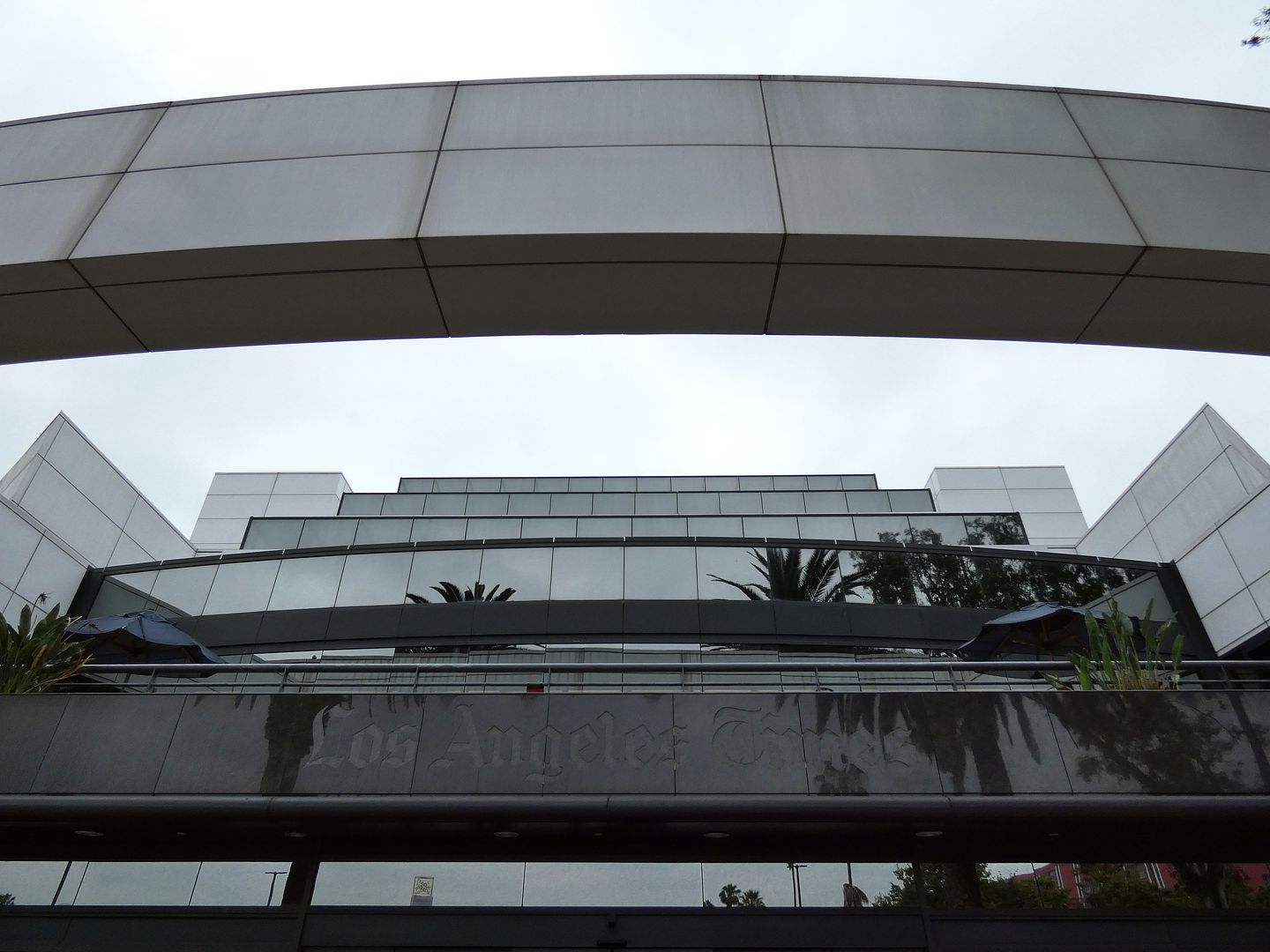

I'd already taken a tour of it back in 2012, but I went back to take a last look in June 2023.

I wanted to capture all the things I'd missed the first time around.
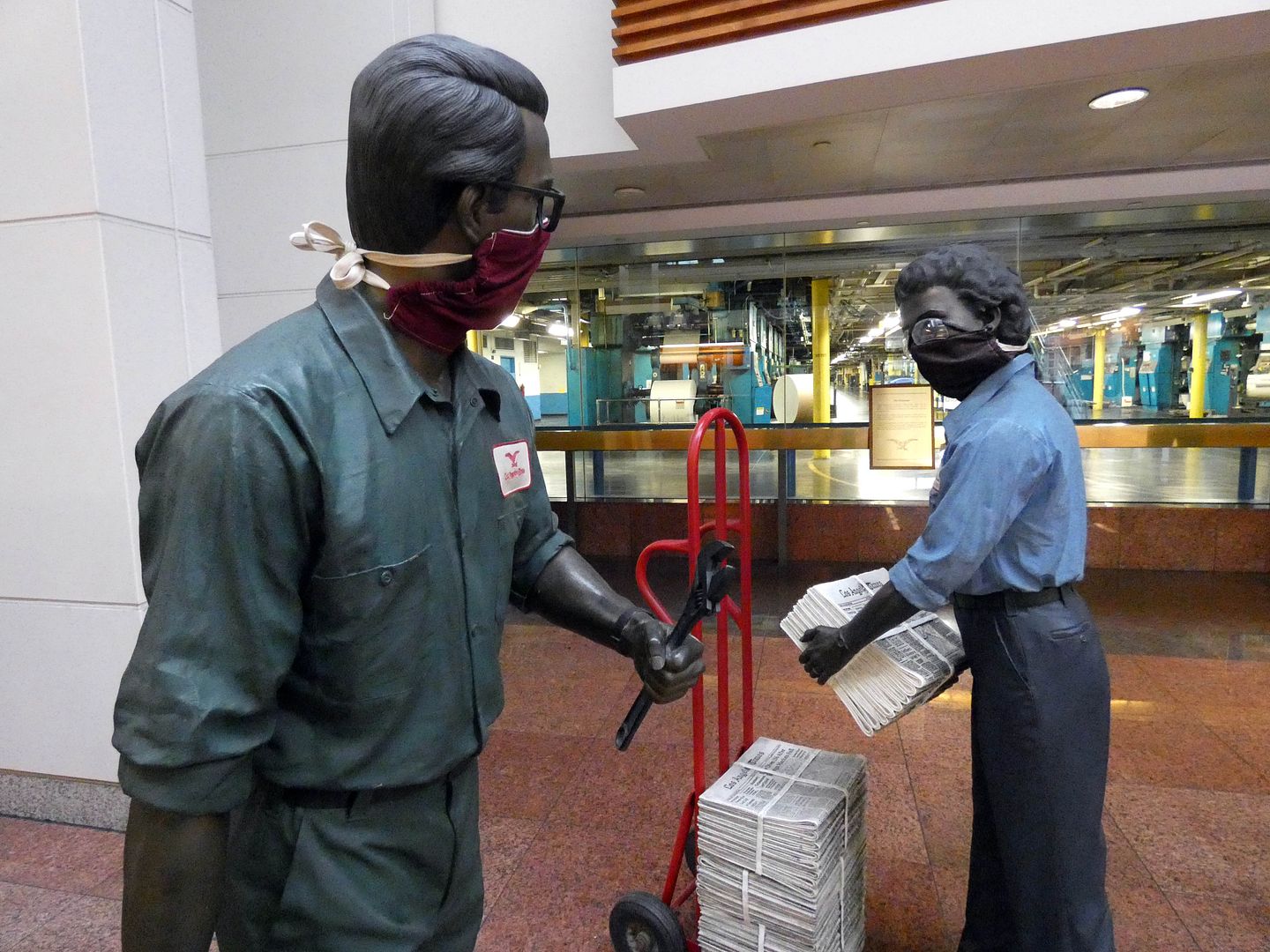
And, as it turns out, I got to document it at a very specific moment in time...
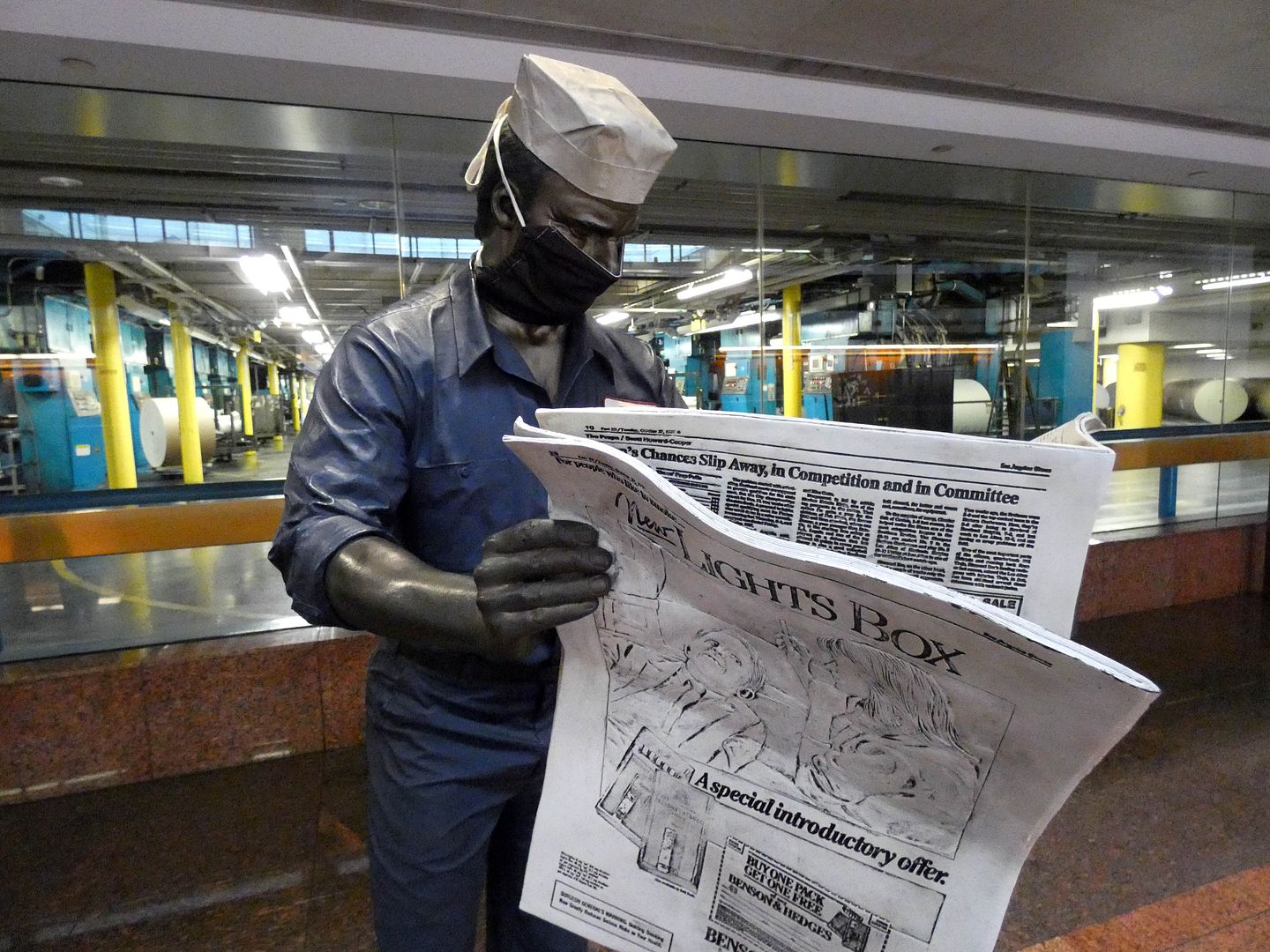
...more than three years since the start of the pandemic, but still with masks required.

Maybe that was primarily for the protection of longtime tour guide Darrell Kunitomi, or each other...
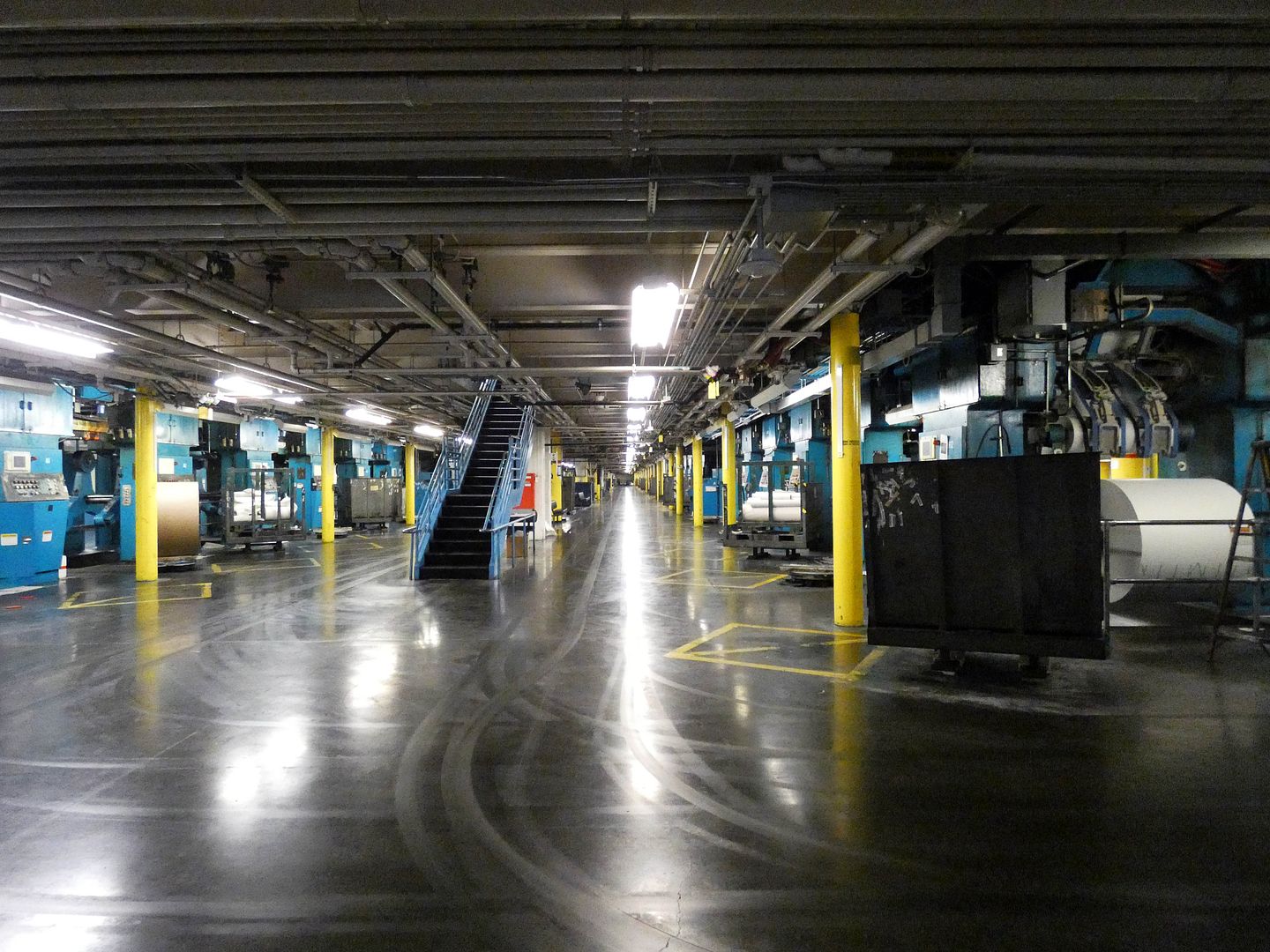
...because there wasn't anybody else there.

Sure, a lot of the work is done by robots anyway...

...like carting around the giant rolls of paper...
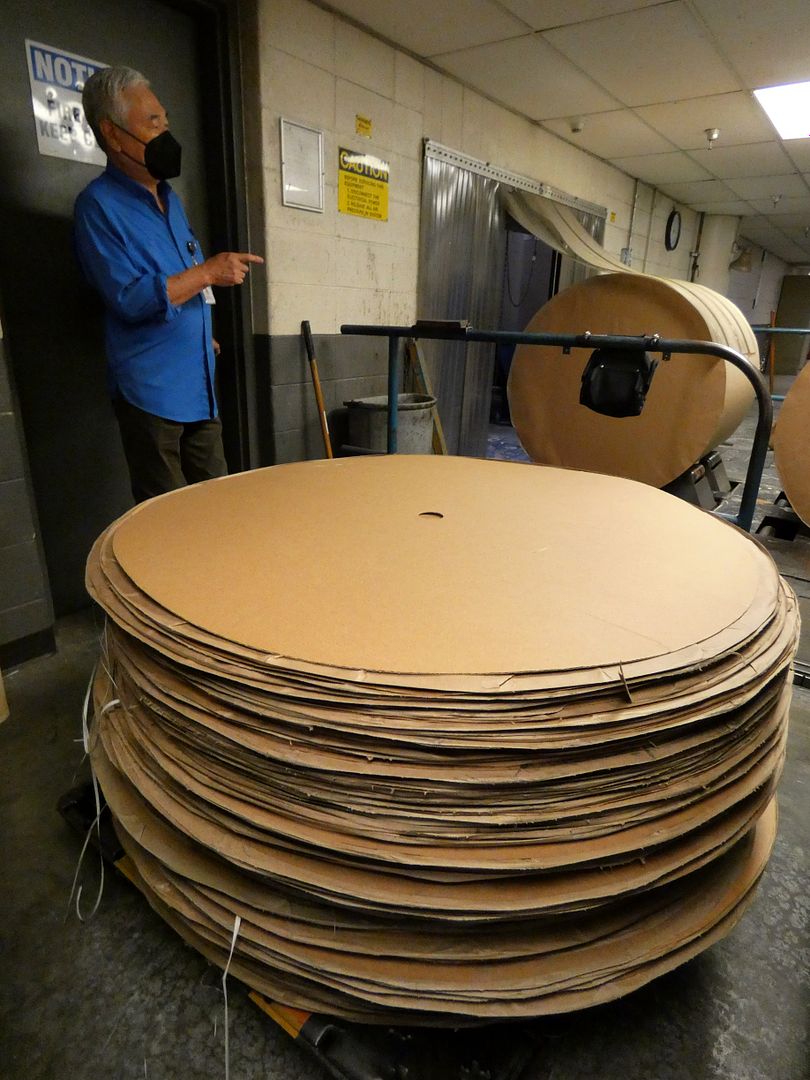
...but the lack of activity there was unsettling. 


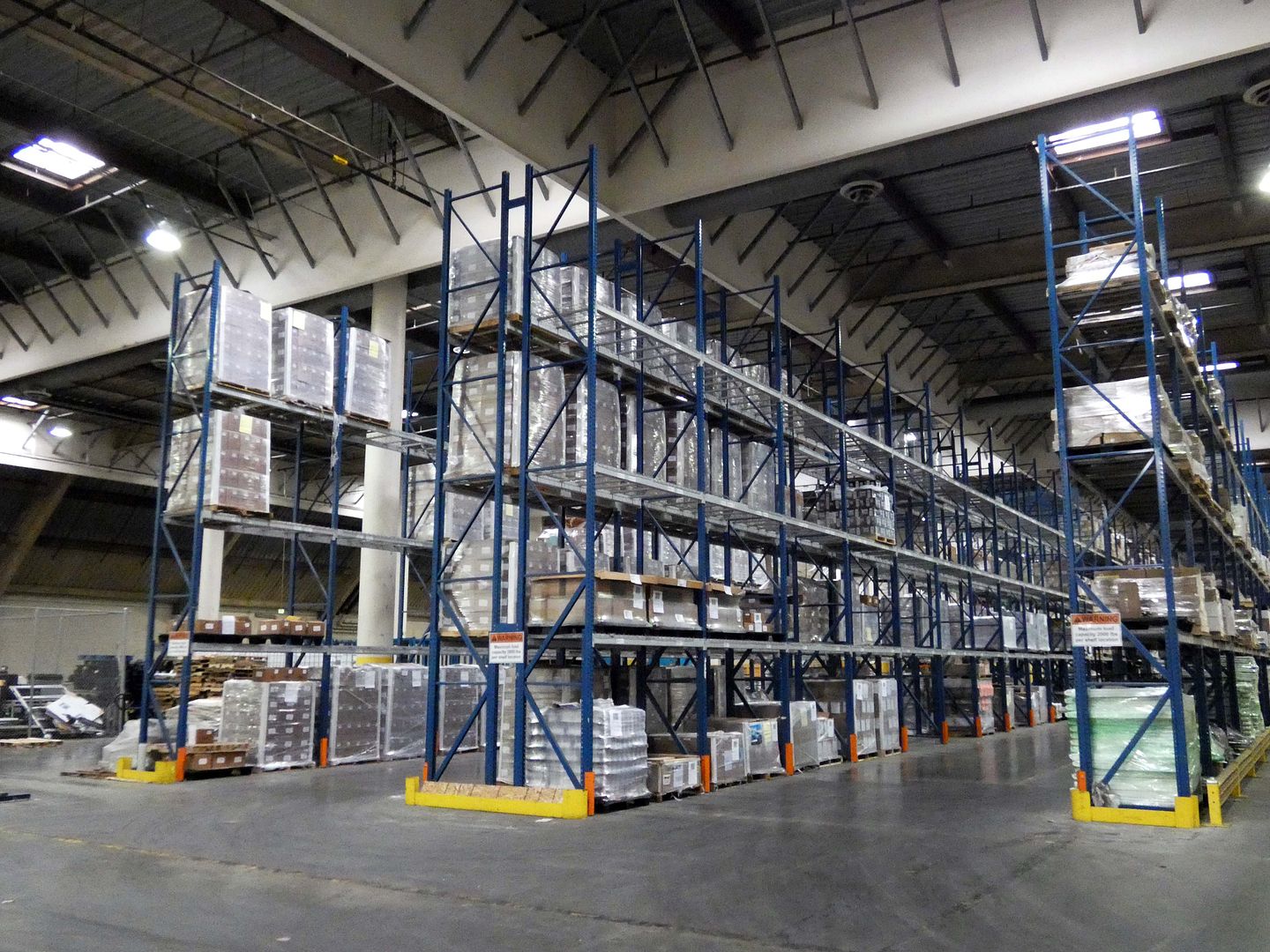


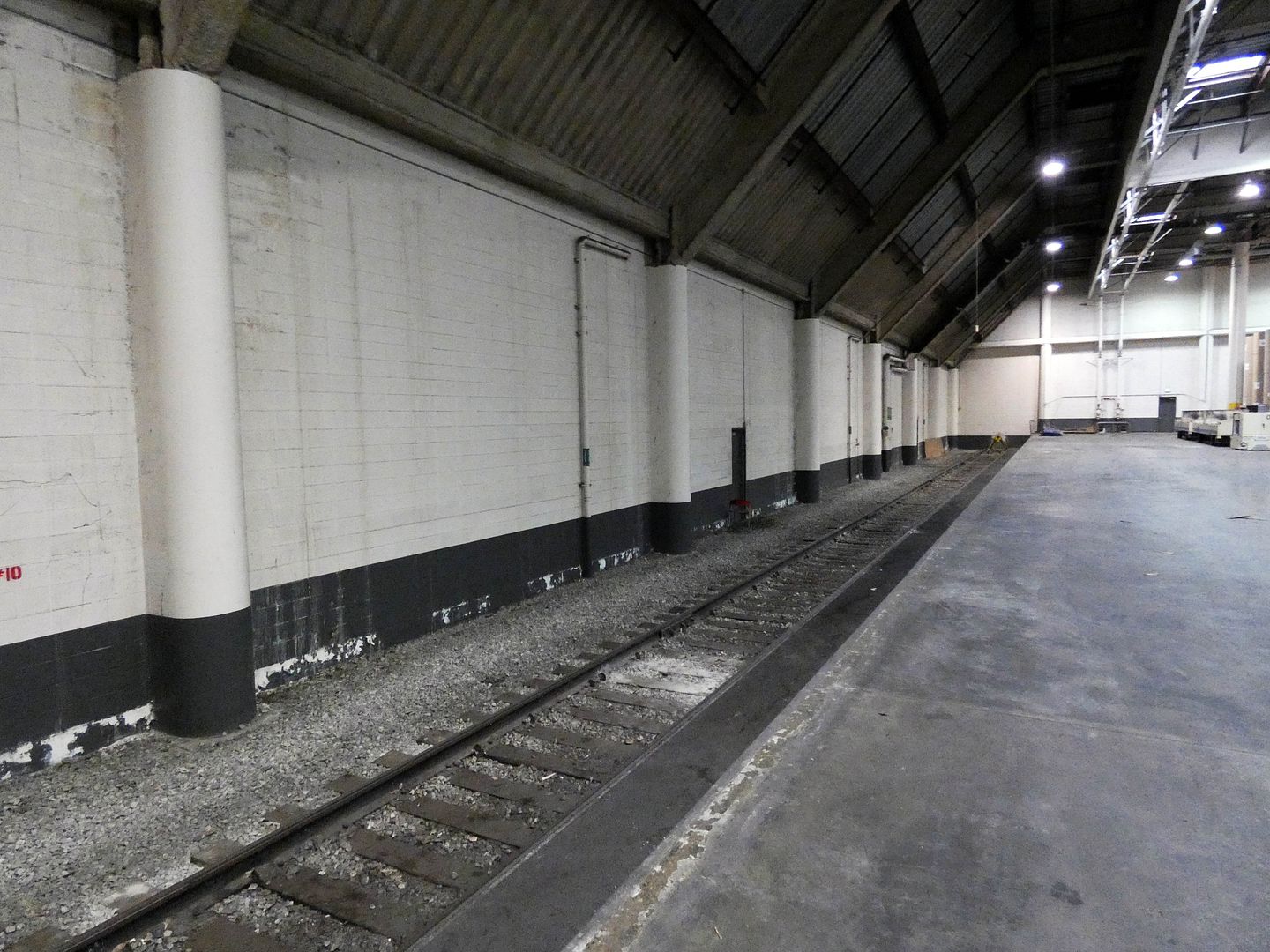


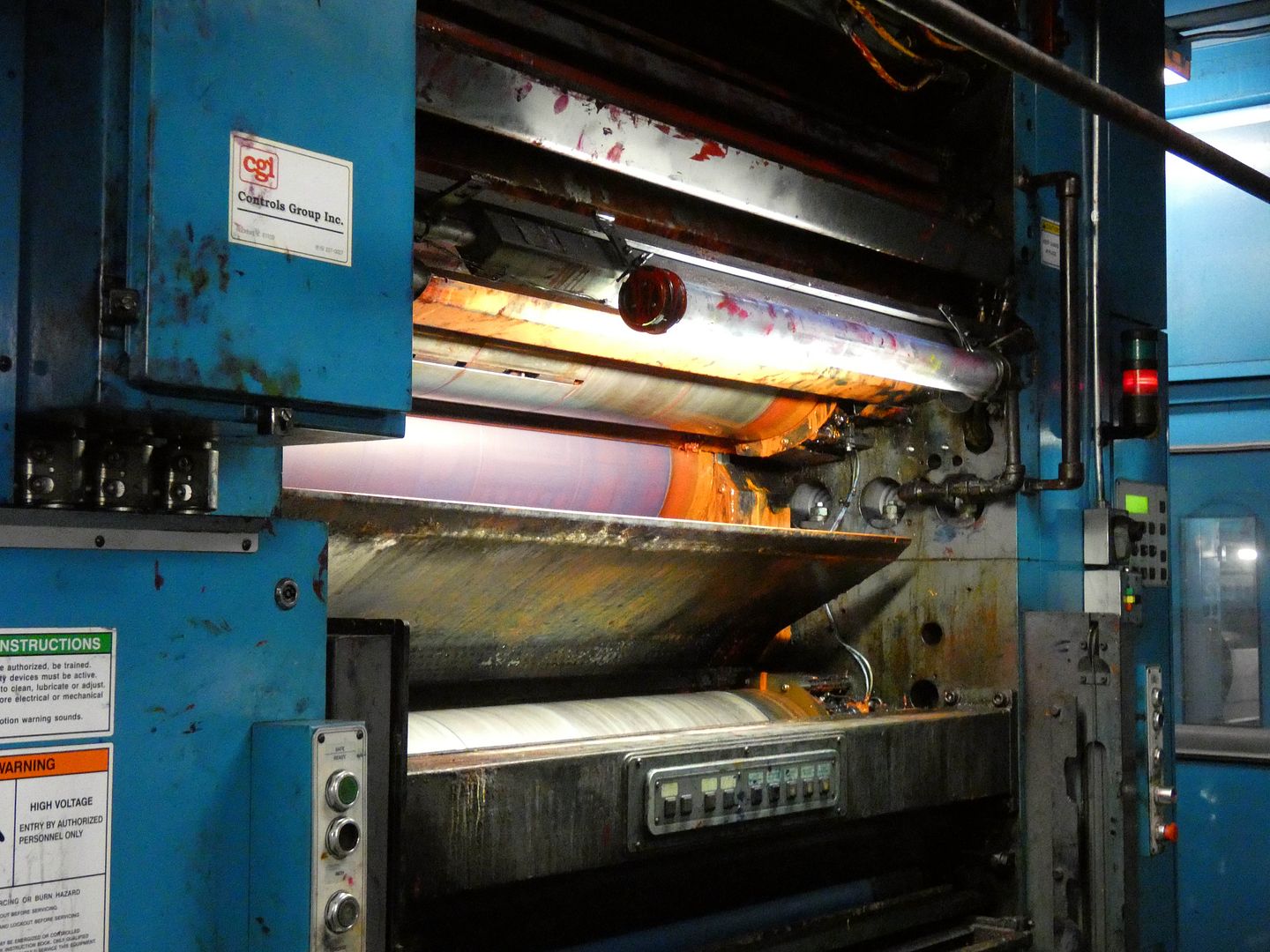
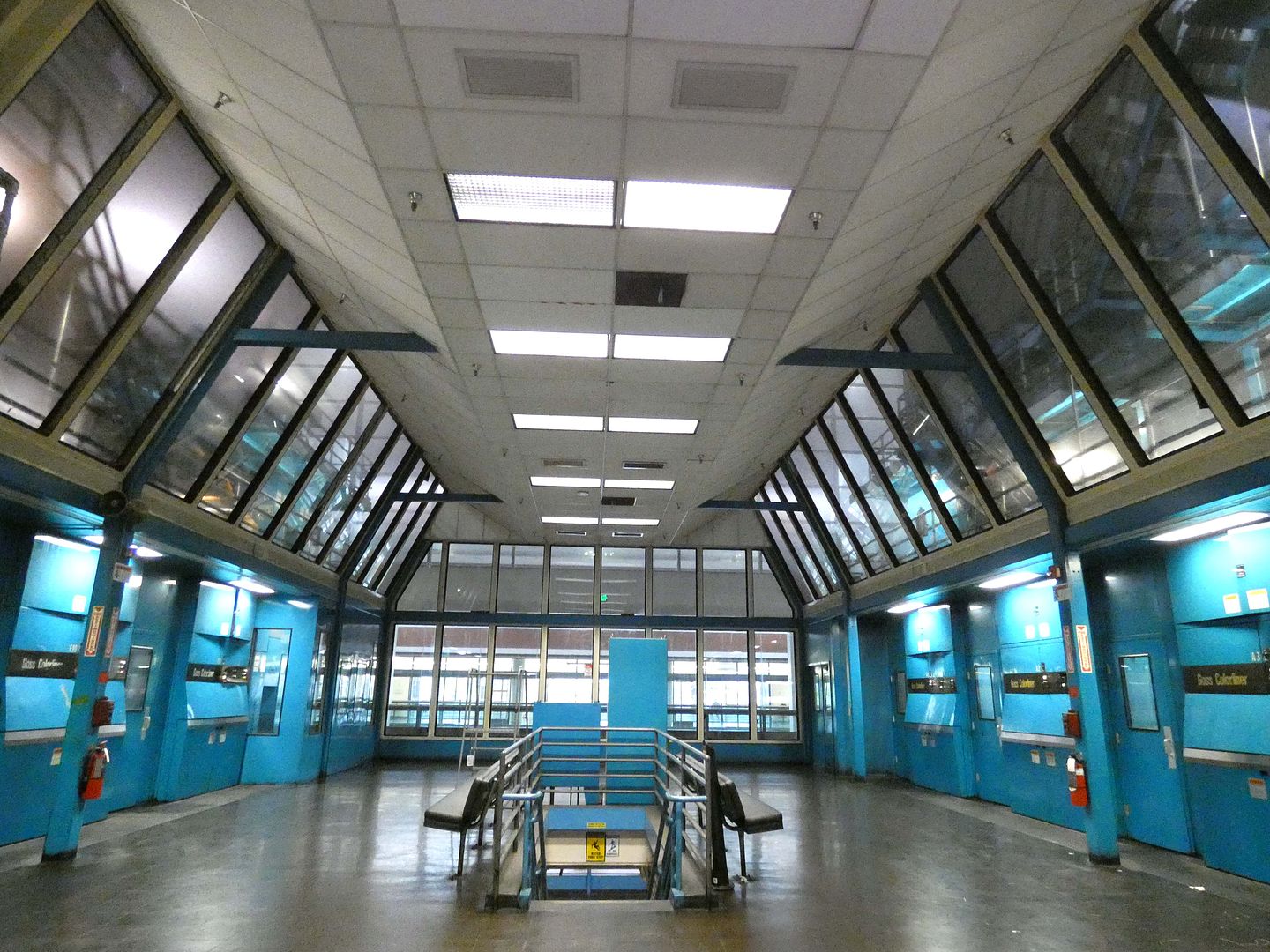
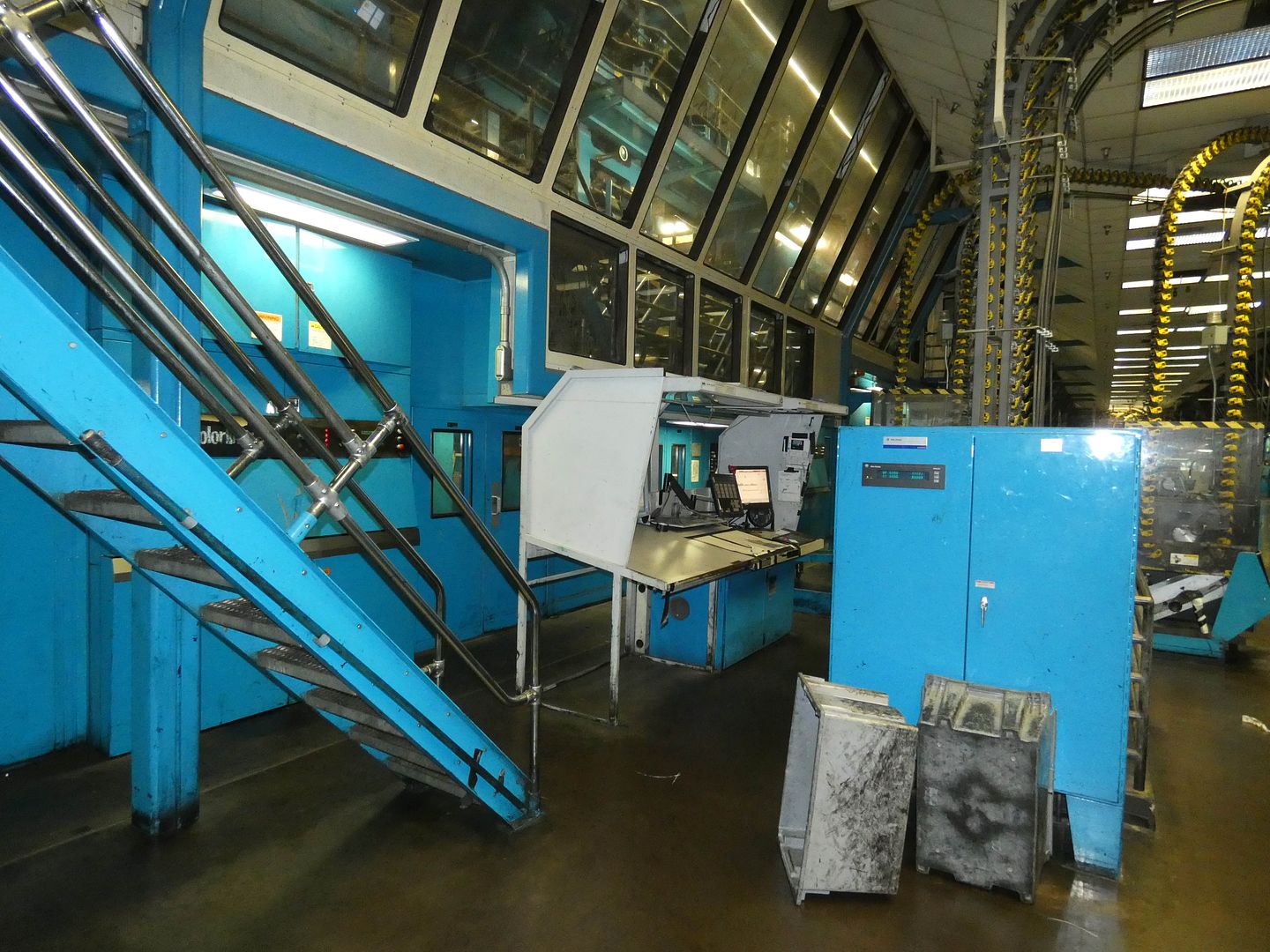



Of course, it had already been years since the LA Times had actually been printed there. Years ago, operations pivoted to printing other regions' papers—including, funny enough, West Coast distribution of The New York Times print editions.

At least some work had been happening there—because there was evidence of that quality control I'd seen over a decade ago.

Some damage to the paper rolls is minor enough to simply sand down, while other rolls are shredded enough to make them goners.

As far as the actual LA Times goes, the plant felt more like a warehouse for storing older printed copies...

...like maybe those with some historic or collectors' value.

Even the robots seemed a little lonely...

...with the freight train tracks empty...

...and the printing machines rendered silent (a huge change from the last time, when the largest press room in the country was in full swing).

No more dripping and spitting and rolling...

...just streaks and bobs of ink frozen in time.

During our visit, there was no folding or collating or other noisy business...

,..no clicking and clacking of breaking news...

...no assembly line clattering in the mad dash to not get scooped by another publication.

Of course, there was some work being done around the time of that second tour I took—just not when I was there. But all operations officially and completely ceased at the Olympic Plant in March 2024.
Los Angeles Times Olympic Printing Plant from Sandi Hemmerlein on Vimeo (circa 2012)
Over the last few years, the L.A. Times had only been a tenant in the facility, after the then-owner Tribune Company sold it to Atlas Capital Group in 2016.
And the paper's finances have been steadily declining since billionaire Dr. Patrick Soon-Shiong purchased it in 2018. It's probably easy to blame him for the loss of the Times' historic properties (including the landmark editorial offices in Downtown LA, which stands vacant after operations relocated to El Segundo)—but maybe this change was inevitable.
Nowadays, the print circulation is down to just 125,000 copies, on average. (The paper's website claims a current print readership of 1.6 million on Sundays). That's been handled by the Southern California News Group (Los Angeles Daily News, San Gabriel Valley Tribune, Pasadena Star-News, Daily Breeze) in Riverside for a while now.
In 2012, the average was more than 616,000 on weekdays and more than 950,000 for the Sunday edition.
In 1990—the year the Olympic plant was dedicated—the LA Times was ranked the country's largest metro daily, by circulation, with 1.2 million copies on average on weekdays and 1.5 copies average on Sundays. That was its all-time high, the paper reported.
The sprawling plant had been a necessary upgrade from the printing presses located in the basement of the editorial headquarters downtown.
Of course, that was before the internet—before free digital access and digital subscriptions and paywalls. Print editions were hundreds of pages thick back then.
So, what will the 684,491-square-foot building be used for now? Well, the latest plan is to transform the 26-acre site into a movie production facility, currently called "8th & Alameda Studios."
If you never got to take Darrell Kunitomi's tour, here's a brief last look, courtesy of the L.A. Times:
Related Posts:

Thanks Sandi. Big, big sigh here.
ReplyDeleteSending love your way xo
Delete